What is the reason for you to take pictures, to wander through the streets of your city for hours and being on the lookout for interesting scenes? I emphasized a lot of times, that the story is the most important part of a photograph. Without a story to tell, an image lacks the soul, has no substance but is a mere glossy envelope. Taking this thought one step further, what is the purpose of the story? In the end, the purpose of the story is to create more emotional photography. Be it an entertaining, happy narration, or a tragedy. A story in a picture should always reach the viewer deeply and move his emotional state. Through Your emotional photography, You are able to express Your feelings.
I believe that Street Photography has become too “technical” in a way that a lot of images look great, but don’t reach me on an emotional level. The composition is important and there have been a lot of articles where I gave tips on how to improve the composition on a very basic level. In a way, we are overthinking and analyzing images without trusting our heart to click the shutter button anymore. Put your heart into your images and make more emotional photography.
Emotional Photography – a Tragedy?
There are a lot of different forms of entertainment today. Movies, music or books are the universal forms. If we are going back to the creation of theaters in the ancient Greek, the most popular forms of play where the comedy and tragedy. The comedy was driven by humorous scenes that should make the audience laugh, while the tragedy was the direct opposite. Conflicts moved the main protagonist into more and more trouble until a big catastrophe concluded the play. Instead of joy, by watching a tragedy the viewer should experience a catharsis. Emotional Photography can be both, humor or tragedy, You decide.
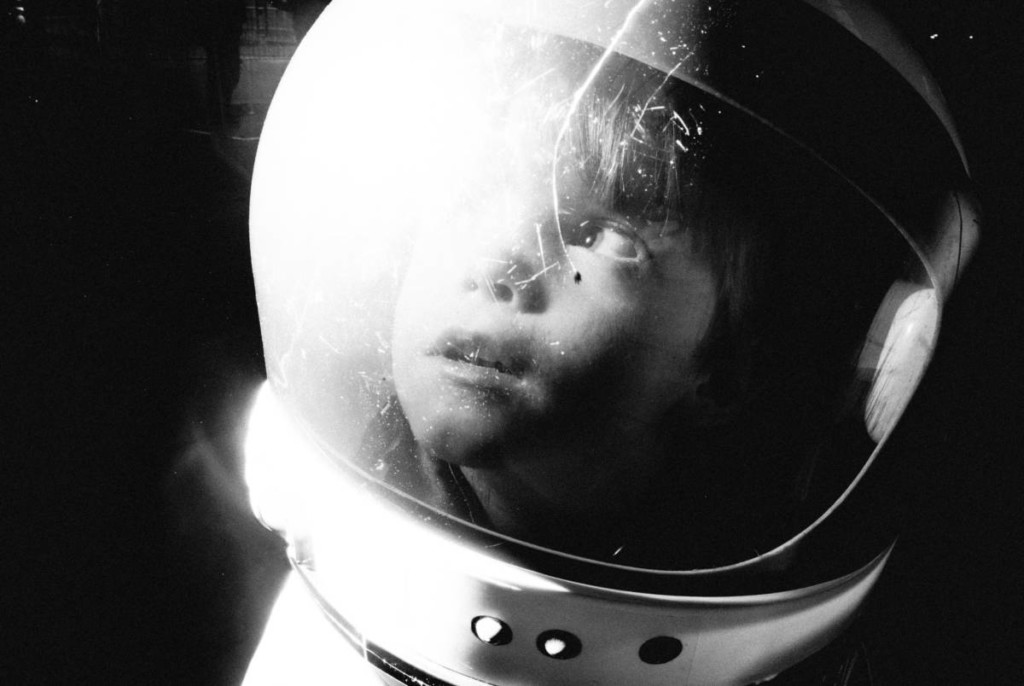
Both forms of play had in common that they should reach the viewer on an emotional level. Joy and happiness versus pity and grief.
Now look back at your collection of images. Would you be able to categorize your images into one of both classes?
Not every emotional photograph should be a perfect display of happiness or sorrow, but the story could drive the viewer in one direction. If you feel that your images don’t evoke anything, why should a viewer remember them? Why should they even look at them? Without emotions in Your photography, Your images will vanish very fast.
Driven by Emotions
Going further, I don’t think that we are seeking emotions only in form of entertainment. I believe that everything we do is to experience emotions, either in a very short time frame or a long-planned time span.
Are you working towards a specific goal at the moment?
If you are in college studying hard for your final exams, you probably imagined more than once how it would feel to finally be able to hold your diploma. The hard times you endure now feel worth it, looking forward to the joy you expect from finishing the degree.
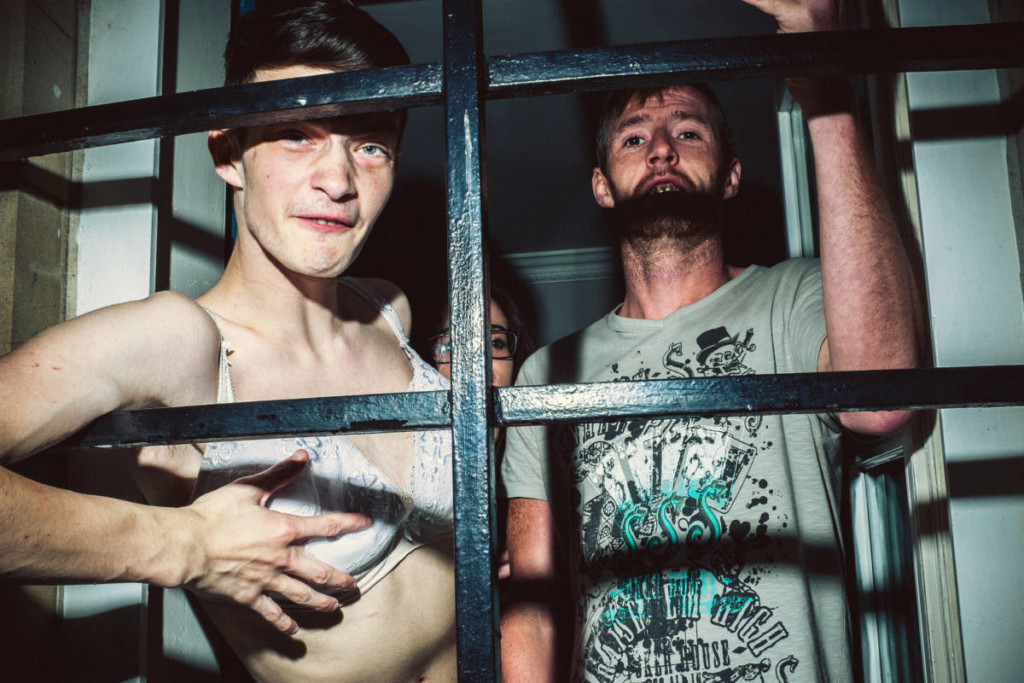
What would happen if you won the lottery instead, what would you buy?
Do you really need that new car, although you have a 2002 Honda Civic, that takes you to places as well?
The trip to the far away beach you dreamed for 10 years now, how does it feel to imagine the sand on your skin?
In the end, everything we do is to experience emotions.
Without emotions, what is the purpose of living?
Did you read Brave New World, or watched the movie Equilibrium?
The worlds seem perfect at first. People are provided everything, they don’t feel any sorrow because they don’t exist in these future societies and they can live happily ever after. The downside is that they also don’t experience any happiness, joy or other forms of emotions. What looked like Utopia at first, develops into a dystopian world. People don’t live – they exist.
Maslow Pyramid
There are already concepts about the “goals” in life or that we are driven by needs according to Maslow. At the top of the Maslow pyramid is the category of self-actualization. Photography could play a big part in your self-actualization. For others, it could be their family, or they might even found their dream job to be fulfilling.
The Maslow Pyramid is a great concept about different categories of needs. We need to complete every category from bottom to top, or otherwise, our pyramid will be built on an unstable fundament.
What the pyramid lacks is the “why” for the most categories. It is pretty clear why we need to eat, but why is there a need for self-actualization? Is there any advantage for survival when we work towards something that is fulfilling?
Probably not directly, but it satisfies our need for emotional stableness and experiences. After accomplishing our goal we feel joy and happiness. We are proud of our achievement.
Anything that isn’t related directly to survival we do out of our need to experience emotions.
Emotions in Pictures – Click more think less
What does this mean now for our Street Photography journey?
As I already mentioned, a lot of images I see are created from a very technical point of view. They are visually pleasing, great composed, but have the impression of an architecture photograph. Because of the lack of emotion, they don’t really stick with me and are forgotten rather quickly.

Valuing the composition highly is recommended, but if I had the choice between a perfect composition with fewer emotions and the opposite, I’d always chose the emotional one. Missing a perfect moment of emotional expression, because the composition isn’t completely done yet, shouldn’t be one of your concerns.
When you witness something that moves you deeply, focus on the moment and press the shutter button instead of waiting a few seconds to rearrange the scene. Photograph with your heart and study composition afterward. After some time, you will have ingrained the aesthetics of a well-composed image anyway, so that you will follow these rules subconsciously.
How to create emotional Pictures
There are two ways of creating Emotional Photography and displaying emotions.
Displaying them directly, by photographing an emotional expression.
Or evoking them indirectly by telling a story that might reach your viewer.
Direct Emotions
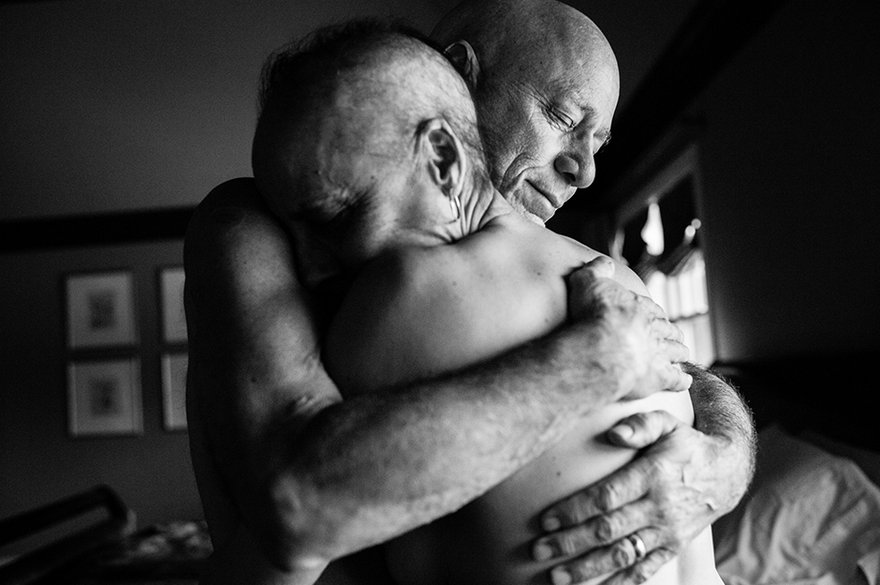
Humans are hardcoded to understand and mirror the emotions of others. We feel with the subjects in images. Whether it is joy, anger or grief.
The easiest way to create emotional pictures is by photographing people that are in an emotional state and show it. In this case, the emotions are driven by what is shown, the story becomes less important. On the other hand what we see might not always be 100% true. Tears can derive not only from sorrow but also from joy. Although everything is visible, there is still room left for interpretation.
For example, a couple meeting at the train station could be either happy to meet again, or sad to say goodbye.
Indirect Emotions in Photography
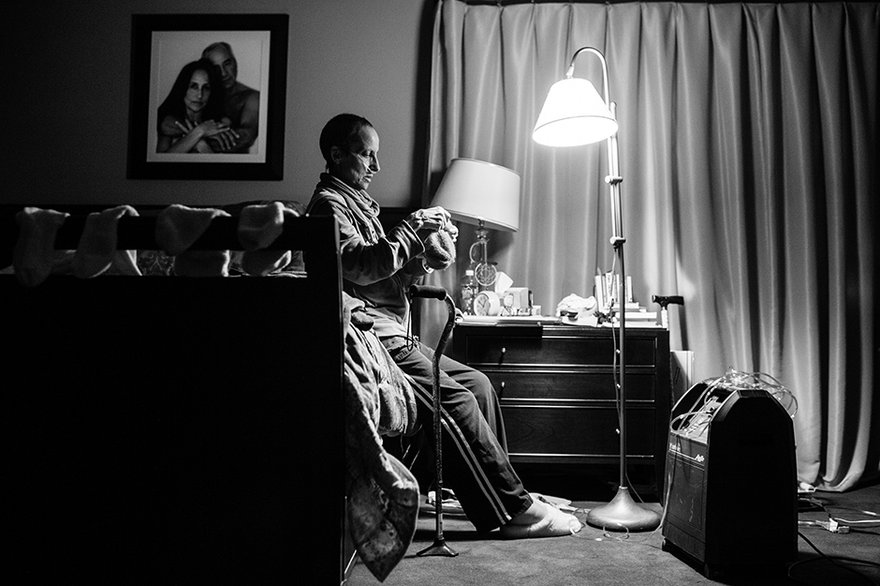
Instead of making it obvious and displaying emotions directly, you can also create an open story that evokes emotions. In this case, the result depends heavily on the involvement of the viewer. Some may read a story into an image that is very emotional for them, while others don’t have a strong opinion about that picture. Maybe some feel reminded of personal events and others cannot form a relationship to the picture.
Trying to tell an emotional story in a picture is one of the hardest things in photography. Emotional Photography also doesn’t work for everyone. This doesn’t necessarily need to be the fault of the photographer. But different people may see different stories in your picture.
You have to make the decision. Do you want 1.000 people to like your image or have rather 10 that really love your picture?
For me, the 10 people are worth a lot more. Those are the people that I can reach deeply with my pictures and that will remember them.
Be Emotional
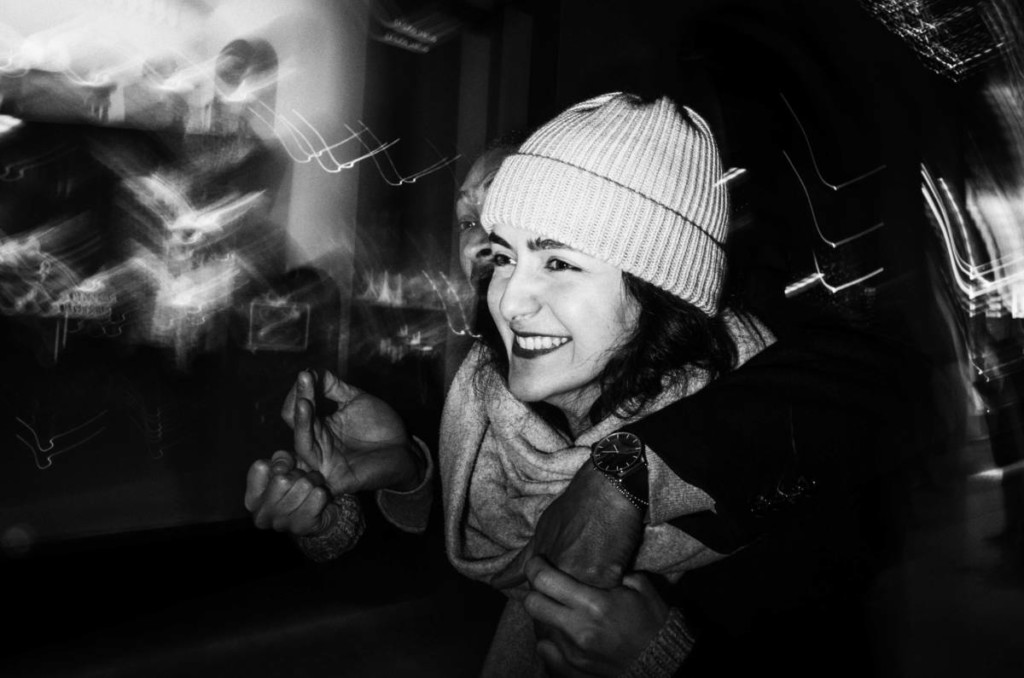
Street Photography is a very demanding task that requires a lot of concentration to observe the environment and capture the best scenes. Nonetheless, you should not be stressed out or force yourself too much to get better images.
To create emotional images, you have to open yourself to experience the feelings. If you are not in a good state and have your mind elsewhere it will show in your images.
Live fully in the moment and reach the Zen-Status.
Be emotional yourself to create images that reach your viewer deeply.
Final Remarks
Today’s Blog Post mainly shows images of the “Gavin Brothers”. Gavin’s and Gareth’s photographs serve as a huge inspiration and I believe their images serve this topic very well.
Have a look at their remarkable collection.





























